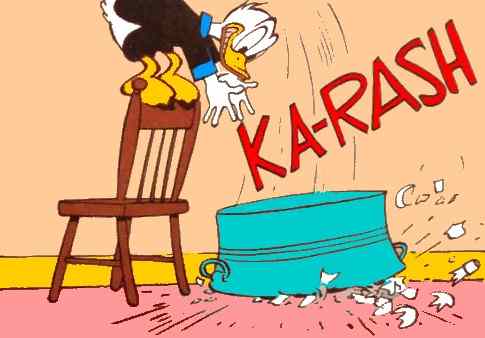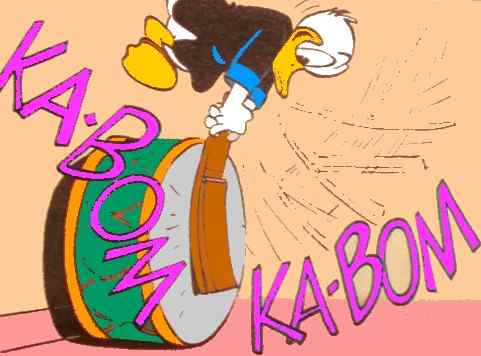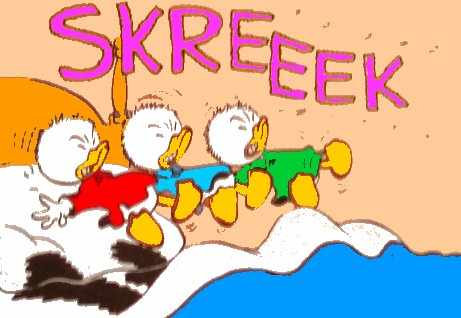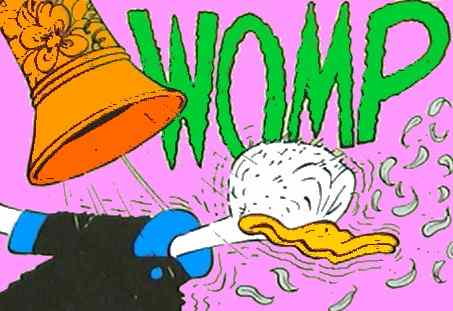

Carl Barks made a great number of Disney comic book stories that have long since been deemed classics in the funny animal universes. Probably the most memorable story featuring senseless battles among ordinary characters came in WDCS178 'Neighbour Trouble' from 1955 in which Donald Duck launched a veritable war on his new neighbours. But although the story is reminiscent of several of Barks' earliest duck stories, in which gag is piled upon gag without much text in pure slapstick fashion, this story has much more to offer than meets the eye. This is the story.
THE STORY |
|||
|
THE BACKGROUND |
|||
|
THE CHARACTERS |
|||
|
THE GALLERY |
||
|
|
|
|
|
|
|
|
|
|
 |
|
 |
 |
 |
|
|
 |
|
EXTRA
The story made such an impact on one of
Barks' contemporaries that he made a rather close copy. |
http://www.cbarks.dk/THENEIGHBOURSTORY.htm
Date 2017-12-30